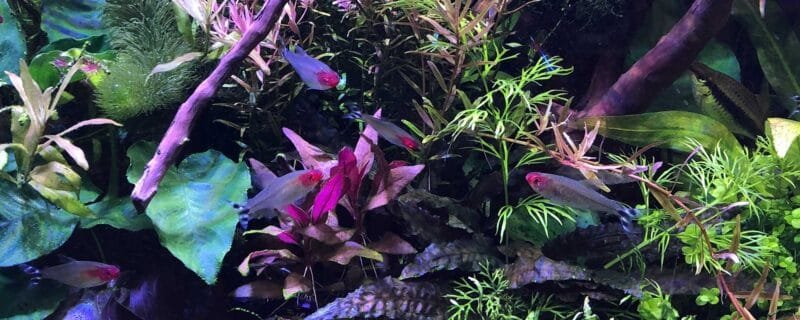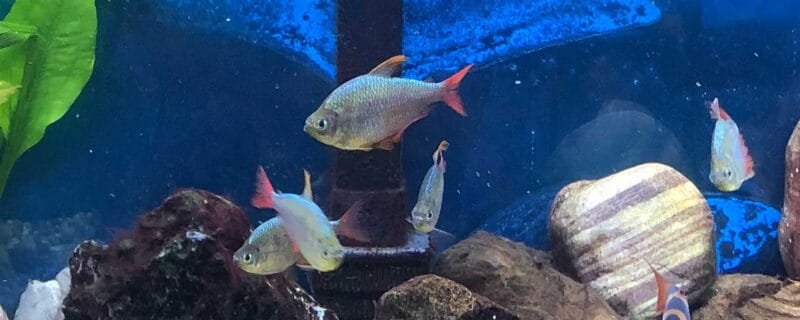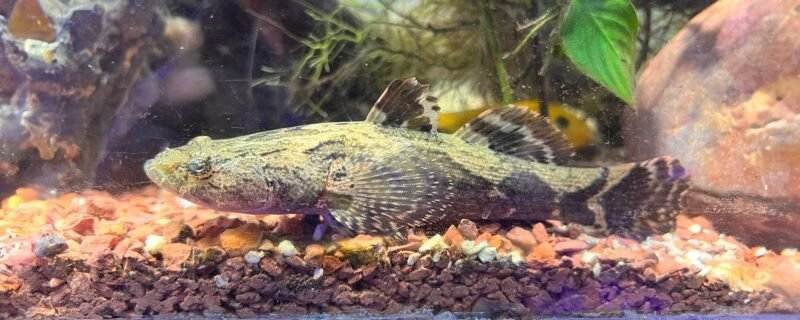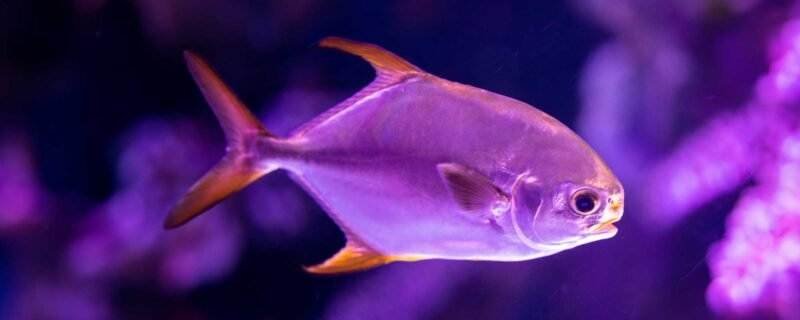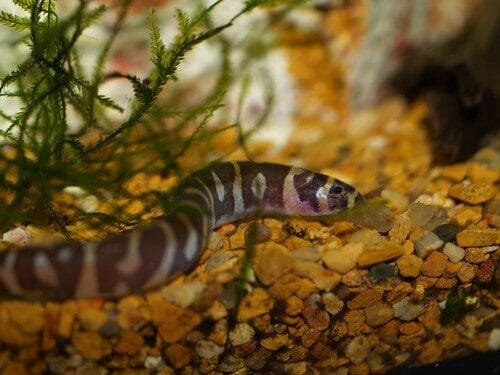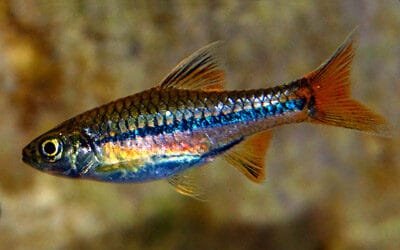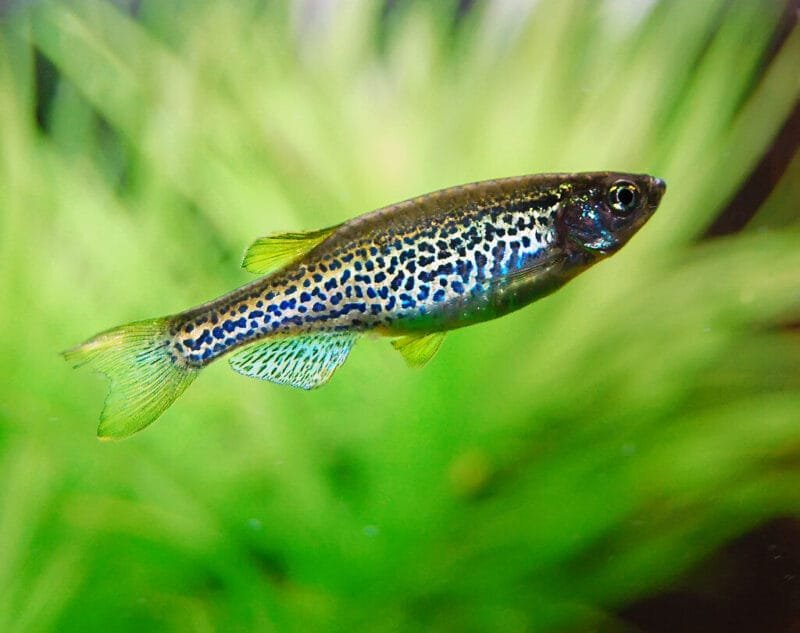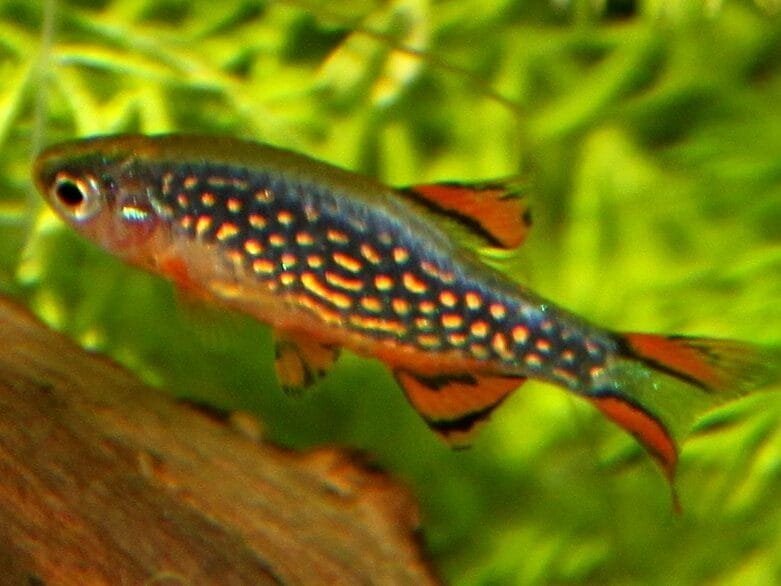Unveiling the Alluring X-ray Tetra: A Glimpse into an Aquarium Gem
If you’re in search of an enchanting and mesmerizing addition to your aquarium, look no further than the X-ray Tetra (Pristella maxillaris). In this comprehensive guide, we’ll take you on a journey into the captivating world of the X-ray Tetra, revealing its Latin (or common) name, size, natural habitat, species variations, diet, alternative names, feeding habits, ease of care, water conditions, sexing, breeding tips, and valuable insights to ensure your X-ray Tetra thrives and shines in its aquatic home.
Latin (or Common) Name and Size
The X-ray Tetra, scientifically known as Pristella maxillaris, is a fascinating fish species belonging to the Characidae family. These petite and enchanting tetras typically grow to a size of approximately 1.5 to 2 inches (3.8 to 5.1 cm), making them a delightful and manageable addition to your aquarium.
Natural Habitat
X-ray Tetras are native to the lush and diverse waters of South America, particularly in the Amazon River basin, including Brazil and Peru. In their natural habitat, they inhabit slow-moving and densely vegetated waters, often found in smaller tributaries, flooded forests, and oxbow lakes.
Species Variations
While Pristella maxillaris is the most recognized X-ray Tetra species, there are no distinct variations within this species. However, their unique and striking appearance sets them apart from other tetras.
Diet
X-ray Tetras are omnivores with a diverse diet. In their natural habitat, they feed on small aquatic invertebrates, insects, and algae. In an aquarium, you can provide them with a balanced diet by offering high-quality flakes, pellets, and live or frozen foods such as brine shrimp, daphnia, and bloodworms. A varied diet ensures their health and vibrancy.
Alternative Names
While X-ray Tetra is the most common name, they are sometimes referred to as the Golden Pristella Tetra, X-ray Fish, or X-ray Characin due to their transparent bodies and striking lateral line pattern.
Feeding Habits
X-ray Tetras require regular feeding and have hearty appetites. Offer them small portions several times a day, ensuring you don’t overfeed. Monitoring their feeding behavior will help you gauge their appetite and adjust portion sizes accordingly.
Ease of Care
X-ray Tetras are generally considered easy to care for, making them an excellent choice for aquarists of all levels. They are peaceful and thrive in community aquariums, coexisting well with other non-aggressive species.
Water Conditions
To ensure the well-being of your X-ray Tetras, maintain suitable water conditions. Here are key parameters to consider:
- Temperature: Keep the water temperature between 72-82°F (22-28°C).
- pH Level: Maintain a slightly acidic to neutral pH, ideally around 6.0-7.5.
- Water Hardness: Aim for moderately soft to moderately hard water, with a general hardness (GH) of 4-10 dGH.
- Filtration: Employ efficient filtration and conduct regular water changes to maintain water quality and clarity.
Sexing, Breeding, and Additional Tips
- Sexing: Male and female X-ray Tetras can be challenging to distinguish visually. However, females may appear slightly rounder when viewed from above, especially when carrying eggs.
- Breeding: Breeding X-ray Tetras is achievable but may require a separate breeding tank and controlled conditions. Provide fine-leaved plants or a breeding mop for egg attachment. Increase the water temperature and offer a protein-rich diet to induce spawning. After spawning, remove the adults to prevent them from consuming the eggs. The fry can be fed specialized fry food or newly hatched brine shrimp.
Conclusion
In conclusion, the X-ray Tetra (Pristella maxillaris) is a captivating and enchanting addition to any aquarium. With their transparent bodies and peaceful demeanor, they are beloved by fish enthusiasts. By creating a suitable environment, offering a varied diet, and following basic breeding guidelines, you can enjoy the elegance and charm of X-ray Tetras in your underwater sanctuary. Whether you call them X-ray Tetras, Golden Pristella Tetras, or X-ray Fish, one thing is certain – they will add a touch of magic to your aquatic world.

